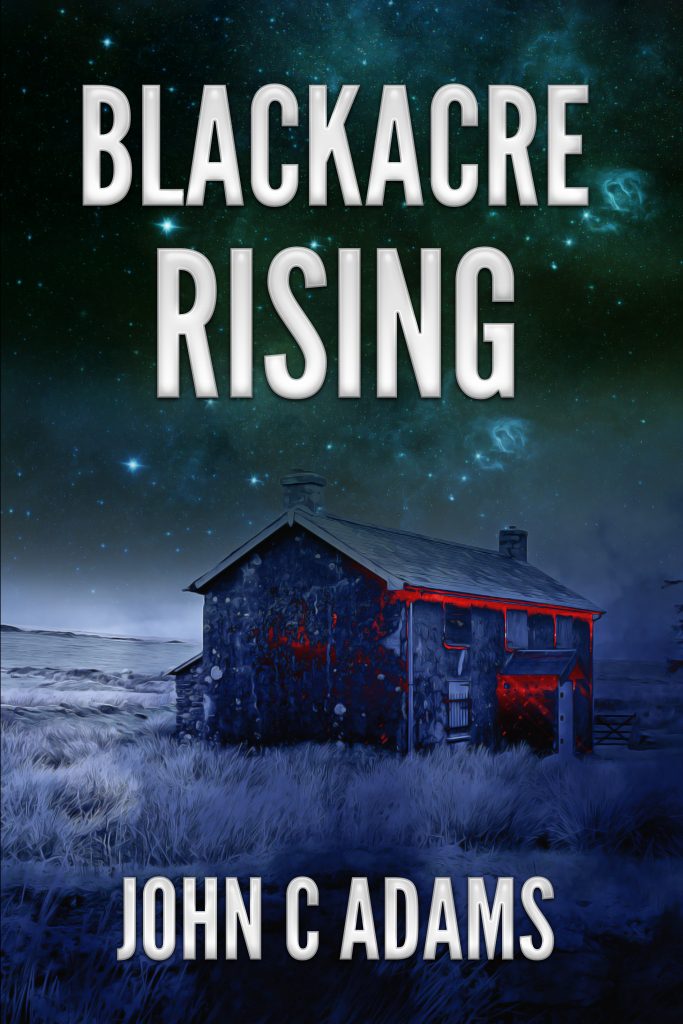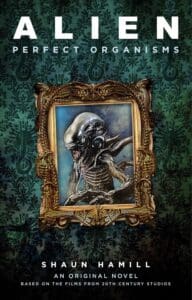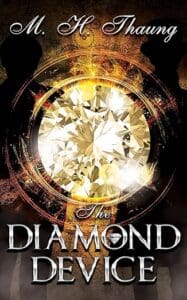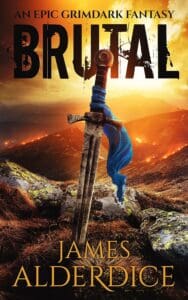
Entire Unto Itself: the Island in Horror Fiction
Islands are such mysterious and isolated places, and help is so far away when trouble strikes, it is no surprise that they have been favourite haunts of horror writers for centuries.
The longer the journey to reach an island, the more a culture identifies it as a mysterious spiritual centre. Horror subverts this by making the island a place of danger for the intruder from the wrong culture. While creation myths make the island a welcoming place for those who belong, and who are entitled to visit seeking enlightenment, in horror the narrator is unwelcome and must be driven away.
Algernon Blackwood links the island to First Nations people in his story ‘The Haunted Island’. For the Indians portrayed in his tale, all land is sacred and belongs to the tribe. Any white man holidaying on the island is usurping their right to sustain themselves from its natural bounty and to act as its custodians for future generations. He must be frightened off the island by ghostly apparitions resembling himself, leaving them to triumphantly canoe around its shores as he departs.
The Celts depicted the Otherworld and the Beyond in the shape of islands to the west or north of the world. This clear association with death (albeit with eternal bliss on offer in the right circumstances) has lured horror writers into employing an island setting as a location to explore the process of dying. In Edgar Allan Poe’s short story ‘The Island of the Fay’, the narrator waxes lyrical about the benefits of solitude and shares his love of travel to distant, lonely places. In a mountainous area, he chances upon a river with a tiny island. It surprises him that one side is lush and verdant, the other dark and mournful. He witnesses a fairy circling the island, but every time her boat appears she moves from the joy of light to the sorrow of shade. Eventually, the shadow overcomes her, and she disappears. We are left to conclude that the circle of life has ended, but this short story is no fantasy tale of the fairy being welcomed into the Otherworld or Beyond of Celtic traditions for an eternity at peace in paradise. Instead, Poe writes:
“But at length, when the sun had utterly departed, the Fay, now the mere ghost of her former self, went disconsolately with her boat into the region of the ebony flood – and that she issues thence at all I cannot say, for darkness fell over all things, and I beheld her magical figure no more.”
For modern psychoanalysis, the island is a sanctuary, a place of solid certainty in a sea of turmoil created by the subconscious. It is here that the desire for earthly and eternal happiness can be fulfilled. However, this symbol is inverted in horror because the island becomes a place of danger rather than a respite. The more isolated the location, the greater the danger in the horror genre, whereas in fantasy the safest sanctuaries are furthest away from mankind.
In the horror genre, the island becomes a place of eternal torment through earthly pain and suffering. Isolated from the rest of the world, there is no recourse to help from outside and the agony of torture can persist unchecked. In ‘The Island of Dr Moreau’ by HG Wells, the narrator Prendick is shipwrecked in a storm and takes refuge on the island. In a clear rejection of the psychoanalytical position that the island will be a place of safety, he encounters Moreau and learns that the doctor is creating hybrid human-like beings via animal vivisection. Prendick is on a scientific expedition to the southern Pacific Ocean at the time. The comparison between responsible science of the kind he pursues and the pointless cruelty in the name of science perpetrated by Moreau is clear at the time of his arrival. However, Prendick is forced to cooperate when he cannot escape the island. Although the narrator does finally escape, and the hybrids revert to their animal nature and live wild on the island, he is so traumatised by the experience that he can no longer bear to be around human beings, believing that they will spontaneously change into animal hybrids. Sanctuary of the right kind presents itself as a happy ending for Prendick: not on an island but in the countryside outside London.
The horror genre continues to subvert the expectations of both traditional myths and modern psychoanalysis to treat the island as a source of terror rather than of sanctuary for those who stumble upon it.
Enjoy!
John C Adams is a nonbinary author and critic of horror and fantasy fiction. Their horror novel ‘Blackacre Rising’ is out on Kindle and Smashwords on 24 September and is currently available to preorder for 50% off.




Leave a Reply